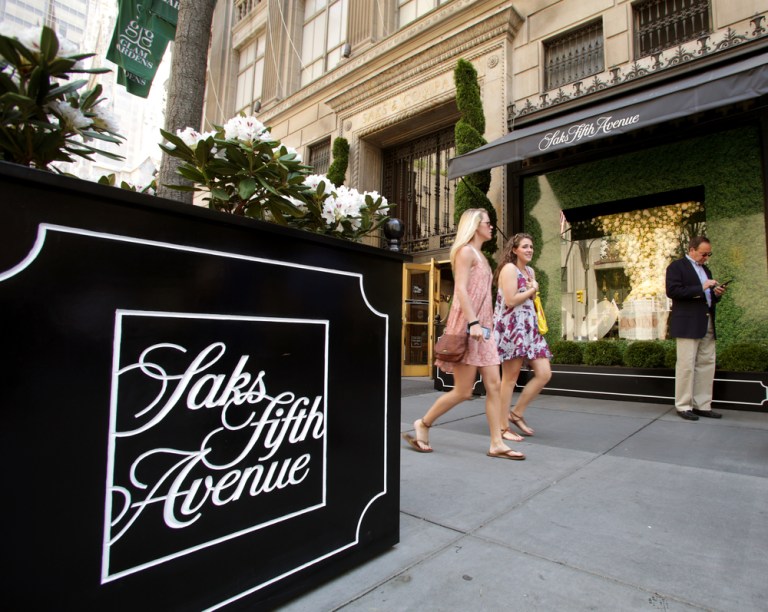Manhattan Retail Battle Heats Up As Saks Closes Store Downtown

Luxury retail company Saks Fifth Avenue is closing a two-year-old location at Manhattan’s Brookfield Place, a move that spotlights the intensifying competition from other high-end retailers for physical space amid shoppers’ exodus to online shopping.
Bloomberg reported that the Saks women’s store was shuttering, as Nordstrom and Neiman Marcus all announced they were opening Manhattan locations this year, moving into territory traditionally controlled by the likes of Bergdorf Goodman, Macy’s and Bloomingdale’s.
Neil Saunders, managing director at GlobalData Retail, said that “for New York specifically, there is a real battle for consumer spending as more large stores open in the city.” He added that Saks might not have even needed the store, considering there is a flagship location just five miles north on Fifth Avenue.
“The whole purpose of a flagship is that it draws in people from a very large radius without the need for smaller locations,” Saunders said.
Saks said the store was a test and that women’s “preferred format is a combination of our digital channels and our iconic Fifth Avenue flagship.” The main location is undergoing what the company calls a “grand renovation,” and it opened a new beauty floor with 58 cosmetics brands and spa rooms.
The Brookfield store will soon have a new tenant that is “amenity-focused,” a spokesperson told Bloomberg.
While Saks is adjusting, its competitors in the retail sector are expanding into Manhattan. Neiman Marcus, Stuart Weitzman, Tory Burch and others all plan to move into a highly anticipated retail location in Hudson Yards in Chelsea.
Nordstrom’s new location will be a 320,000-square-foot women’s store next to its 47,000-square-foot menswear store, near Central Park.
Department store chains are feeling increased pressure to capitalize on physical space, especially in the online retail climate. Physical U.S. department store sales declined 1.3 percent during the holiday season when compared to last year, even though overall sales climbed to more than $850 billion.